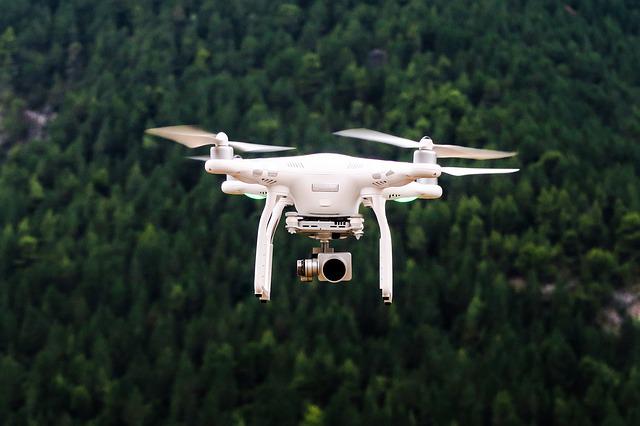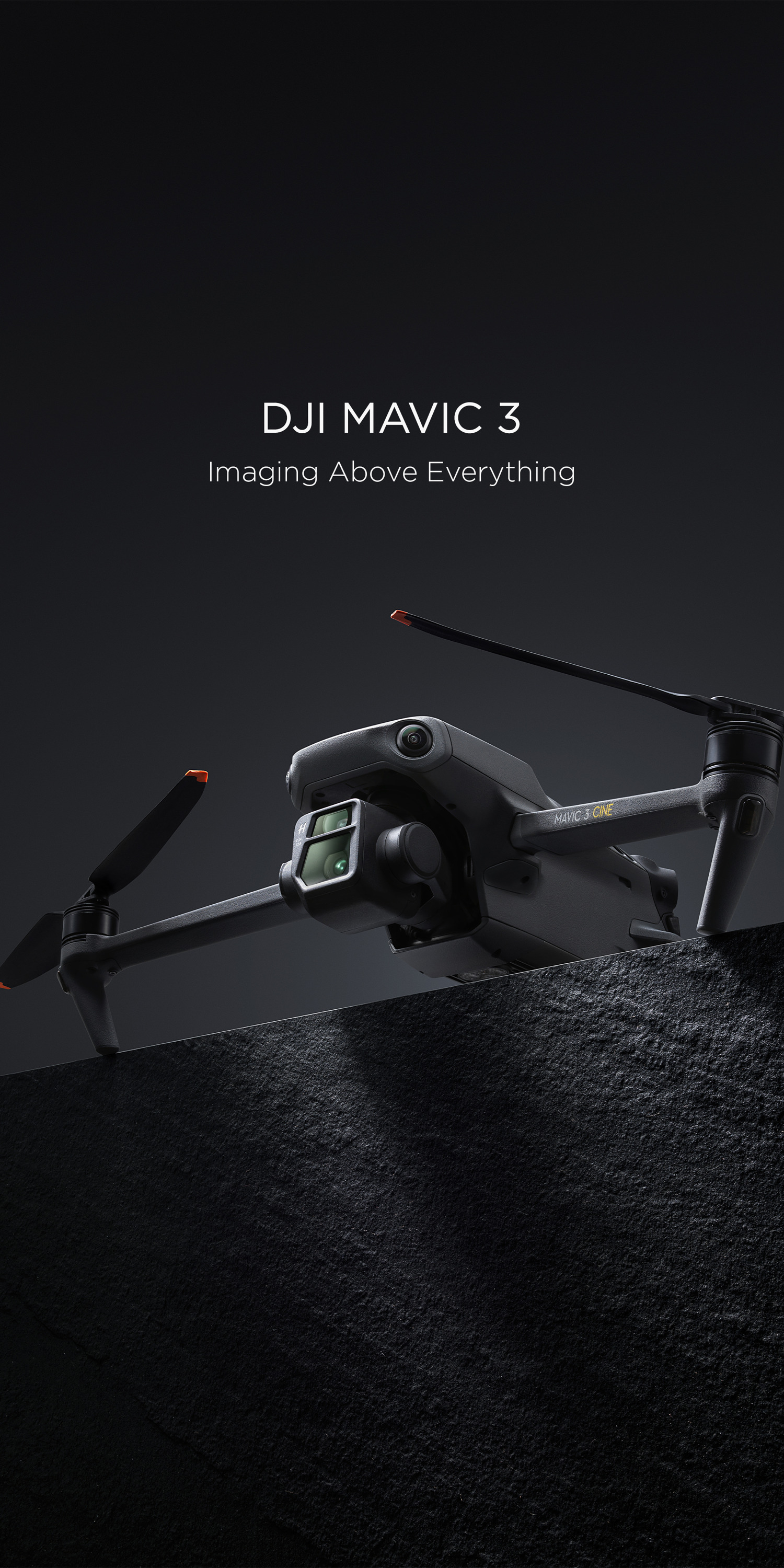
While the United States, Russia, and other countries want to use more modern aircraft, Ukraine does not have the same resources to train its soldiers on these aircraft. The Ukrainians may have been trained in Western countries on vehicles and aircraft but they do not have the same training for drones. Ukrainians are accustomed to older equipment like trucks so drones make it easier to use. In addition, drones do not require "pilots," making them easy for soldiers to use. Drones also have an easy to use interface, much like those found in video games.
Aerorozvidka
Ukrainian military employs a unique method to fight ISIS in eastern Ukraine. They use octocopters that are equipped with thermal cameras for nighttime operations. Some drones can even light up columns and are equipped with anti-tank weapons. These drones are highly maneuverable and can carry as much as 11 lbs of payload. Small size allows drones to fly low over targets, dropping munitions.
Originally an IT enthusiast group, Aerorozvidka has become a military air reconnaissance unit. Aerorozvidka began as a civilian drone company. However, the organization grew to become a fully fledged unit with its own head. The Ukrainian government banned Russian military aircraft from entering the country because of export controls. Aerorozvidka is dependent on crowdfunding and donations to support its operations, since many components of drones are made in the US.
Switchblade
The U.S. military has supplied Ukraine with armed "Switchblade," drones capable of striking Russian tanks from faraway. These unmanned aerial vehicles were designed by the US Air Force as a response to Ukrainian demands. John Kirby, a Pentagon spokesperson said that more than 121 of the machines have been sent to Ukraine. It is unclear how the Switchblades will work in the conflict between Ukraine and Russia.

The Switchblade is a small drone with a 40-kilometer range. It can be launched from a tube. The Switchblade is able to hit a Russian convoy 6 miles away, which is unlike Bayraktar drones. These small aircraft can be assembled in minutes during a conflict like that of Ukraine. The Switchblade is capable of flying much faster than the Bayraktar, which is the current U.S. ally.
Russian kamikaze drones
The US has recently announced a $800million military aid package for Ukraine. The delivery of 121 unmanned aircraft called "Phoenix Ghosts", which is intended to terrorize Russian forces, is part of the package. These unmanned aircraft can fly for 30 to 40 minutes over large areas and are equipped with cameras and warheads. Switchblade, which weighs in at 5.5 pounds and can be used to destroy armored vehicles or tanks, is one such drone.
These lightweight aircrafts are small and light, and can operate from any location, whether it is land, air or sea. Any advantage that an opponent has in the air battle is crucial in a conflict such as this. The Russian kamikaze drones are a direct threat. This capability will be crucial to Ukraine's army, as it can break Russian sieges or attack command-and control nodes. Even though such capabilities would pose a serious risk to both sides, Ukraine could win if it can use small drones to make a difference in battle.
U.S. drones left to loiter
Russia is now integrating ZALA KYB lotering munitions in its military arsenal. These drones are able to use lethal loitering munitions in the manner of bazookas. These autonomous killing machines may be more common in black markets if loitering drones are used. But observers and pundits are worried about this. What can the U.S. do?

Kirby states that the U.S. government had sent more than 121 Switchblade loitering drones into Ukraine to aid Kiev defeat Russian forces. The Switchblade drone weighs 5.5 pounds and can hover for up to thirty to forty minutes. It is fitted with a camera and a small warhead. It has the mission to take down opposition forces in Ukraine.
FAQ
How do you travel with a drone?
Drones are becoming increasingly popular for both personal use and commercial purposes. They are used to film, fly, map, rescue and search and rescue. Recent regulations regarding drones have been approved by FAA. They include new requirements for registration and licensing, pilot training, insurance, and other requirements. These modifications will ensure that drones remain safe and secure for all involved.
Can I fly my drone through my neighborhood?
Yes! These are called UAVs (unmanned aircraft vehicles). There are many options for drones, from small quadcopters to larger fixed-wing aircraft. New rules have been issued by the FAA regarding commercial use of UAVs. This means that you can legally fly them for business purposes. You should be aware, however, that UAVs flying near airports can cause interference with air traffic control systems. To operate one, you will need to obtain permission from the local authorities.
Can I fly my drone indoors without a license?
Yes, your drone can be flown indoors. You just have to ensure no obstacles or hazards inside your home. Avoid flying near windows, doors and heating vents.
Is drone regulation regulated by the FAA
The FAA oversees all aspects regarding drone operations, including safety standards and certification requirements.
What are the rules for operating drones?
Registering your drone with FAA is required. The registration process requires you to provide information about your device, such as its weight, dimensions, battery capacity, operating frequency, and battery life. This registration process requires that you obtain an FAA identification code.
Do I need any special training to fly drones?
You don't require any special training to fly your drone. You just need a remote-control unit and basic knowledge in flight mechanics.
What are the laws around flying drones?
In the United States, the Federal Aviation Administration (FAA) regulates all aspects of drone operations. A certificate issued by the FAA is required to commercially operate a drone. Then, you must complete a course in piloting skills and pass an exam. The agency will require you to pay a fee.
Statistics
- According to Indeed, a drone pilot gets paid $25.73 per hour on average in the US. (dronesgator.com)
- With the top 10% making over $100/h and the bottom 10% making as low as $10/h. (dronesgator.com)
- According to industry research from ZipRecruiter , there are 10 cities where the typical salary for a Drone Pilot job is above the national average. (dronesgator.com)
External Links
How To
How to Fly Drones for Beginners
A drone is a remotely-controlled aircraft that is used for aerial photography and surveillance. Drones have been in use since World War II. DJI's Phantom quadcopters became commercially available in 2010. Many types of drones have been made available since then, from beginner-friendly models such as the Parrot AR Drone 2.0, to high-end multi-rotor craft such as the DJI Mavic Pro.
There are many methods to fly a Drone, including
-
Remote control - This allows you to control the drone from your hand. There are two types of controllers available: joysticks and on/off switches.
-
Manual Control - Using a smartphone app, this method allows users to remotely operate the drone via GPS coordinates. The app will provide instructions and help you to locate the drone.
-
Autonomous Flight: This means that the drone will take care of all the piloting. The drone is able to fly autonomously, without the need for human intervention. The drone must be equipped with a camera and sensors that can capture images and data in order to fly autonomously.
-
Triggered Flight: This is similar in concept to manual control. The pilot manually creates a route and the drone then follows it until it reaches that endpoint. Once the programmed route is completed, the drone lands automatically and returns back to the base.
-
Landing Gear - Some drones come equipped with landing gear that allows them to land safely if they lose power or run out of battery during flight.
-
Goggles - Pilots may wear goggles to shield themselves from flying debris.
-
Camera - Certain drones come with cameras that allow you to take photos and videos from high above.
-
Obstacles - Some drones can be equipped with obstacle avoidance systems that prevent them from crashing into obstacles.
-
Speed - Some drones reach speeds exceeding 40 mph.
-
Battery Life - Most drones last between 20 and 3 hours depending on how much power they have.
-
Distance - Some drones can travel up 30 miles depending on the model.
-
Power source: Some drones will require an external power source while others can be powered by internal batteries.
-
Weight - Some drones can be as light as 1 pound while others can reach 4 pounds.
-
Size - Drones come in many sizes, from small gadgets that fit in one's hands to large craft that weigh more than 50 lbs.
-
Price - All drones fall within a specific price range, from high-end models that can cost thousands of dollars to lower-cost options starting at $100.